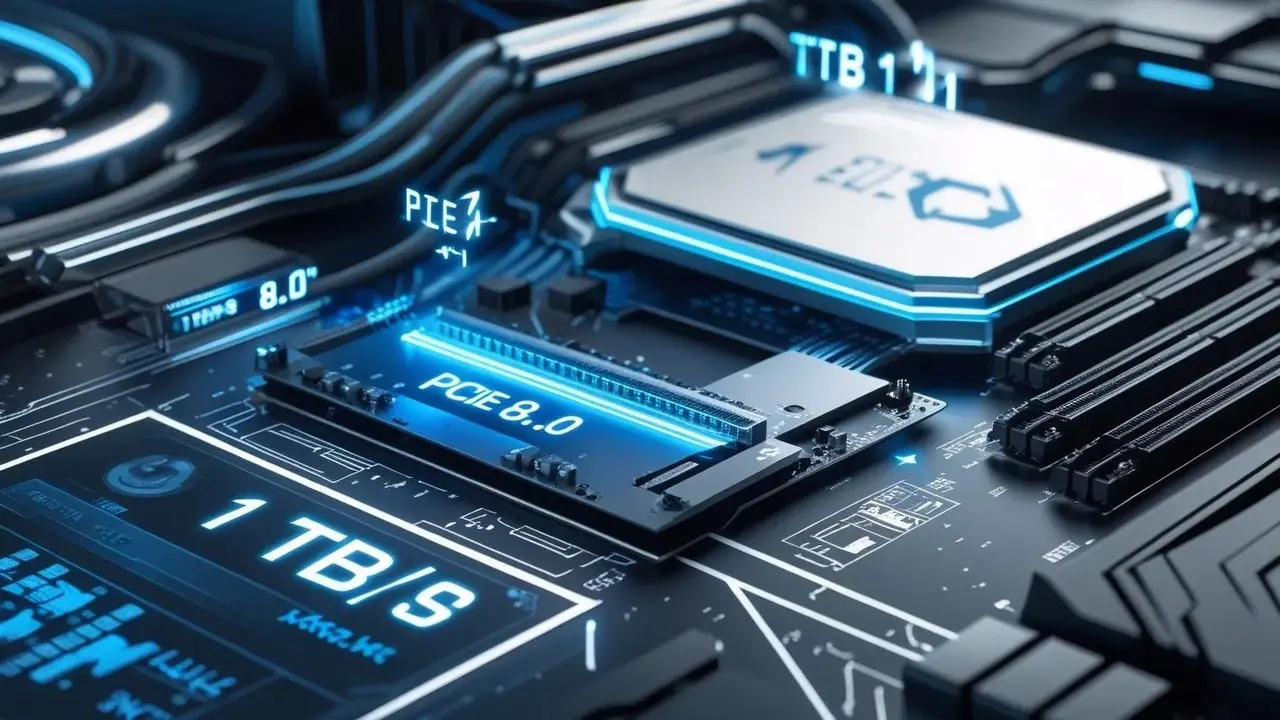PCI-SIG has officially announced the eighth generation of PCI Express technology. The new standard, dubbed PCIe 8.0, offers a significant leap forward in data transfer speeds. The new architecture doubles the 128 GT/s (gigatransfers per second) offered by PCIe 7.0 to 256 GT/s. In an x16 configuration, this speed translates to a total two-way bandwidth of 1 TB/s.
The PCI Express 8.0 standard is coming
This data rate is particularly critical for industries requiring high bandwidth, such as artificial intelligence, machine learning, high-speed networking solutions, edge computing, and quantum computing. PCI-SIG President Al Yanes explained that PCIe 8.0 was developed as a solution that not only delivers high performance but also offers cost-effectiveness and low latency.

Beyond performance increases, the new standard also includes various system-level improvements such as power efficiency, error correction (FEC), and latency reduction. It will also offer full backward compatibility with previous PCIe versions. This means existing hardware infrastructure won’t need to be disrupted during the transition to new technologies.
The introduction of PCI Express 8.0 came quickly compared to previous generations. PCIe 5.0 was announced in 2019 and entered widespread use by 2022. PCIe 6.0 was introduced in 2024.
PCIe 7.0, which is just beginning to be finalized, is expected to be widely available in the industry between 2025 and 2027. PCIe 8.0 is planned for market launch around 2028. However, it is anticipated that this timeframe could be brought forward even earlier for enterprise solutions.
It is also stated that work is ongoing on new connector technologies. PCIe 8.0 is shaping up to be a structure that will shape the digital infrastructure of the future, not only in terms of speed but also reliability and sustainability.













